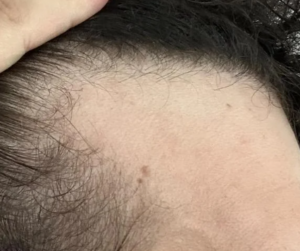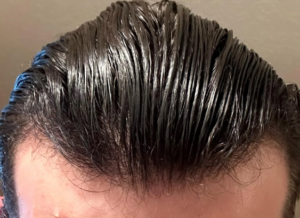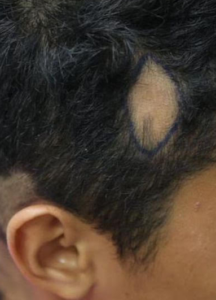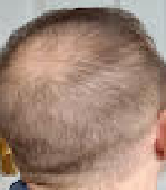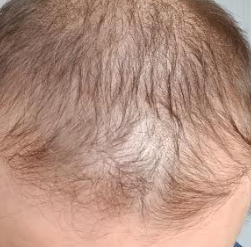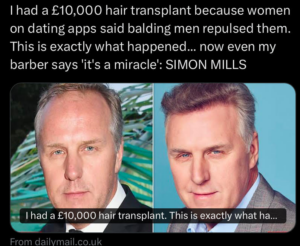https://www.thecut.com/article/med-spa-hair-loss-treatments-balding-men-botox.html
The article calls out Ozympic as producing hair loss; however, I suspect that when people lose weight rapidly, hair loss is often a known side effect of a “negative nitrogen balance”, essentially losing your body proteins and fat. The body is intrinsically smart, so it knows that when you are losing weight, it has to sacrifice functions that are not critical to living, and hair growth is one of those dispensable functions. This is especially true in men with genetic hair loss, as weight loss can trigger genetic hair loss or accelerate what is already going on.

